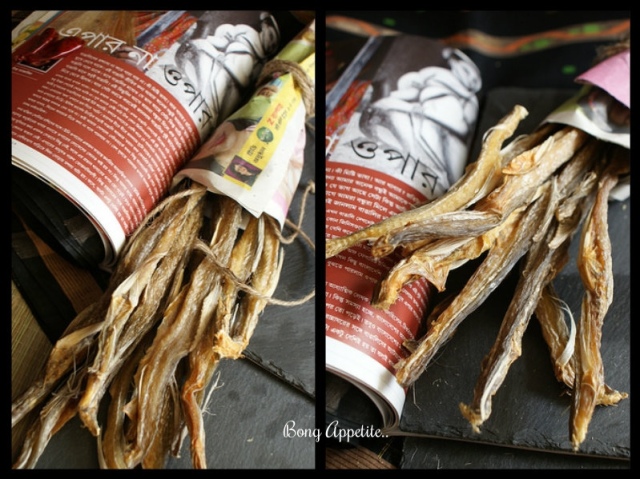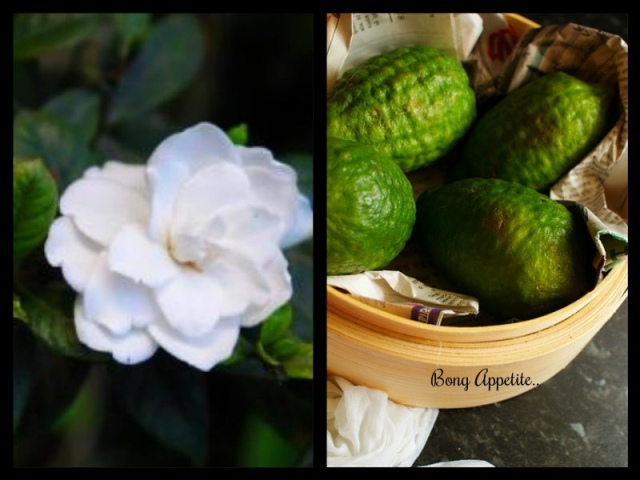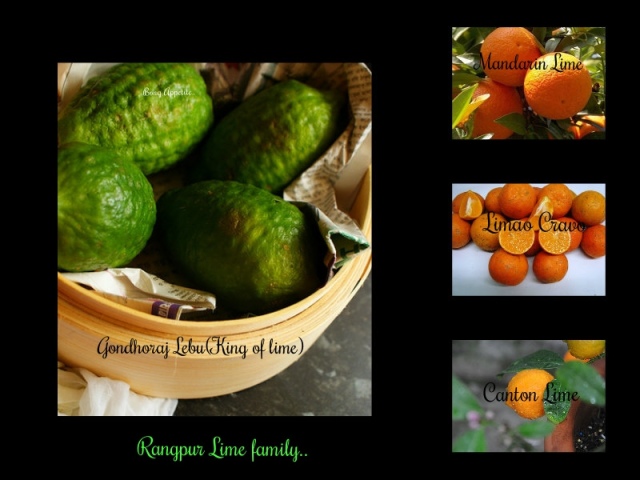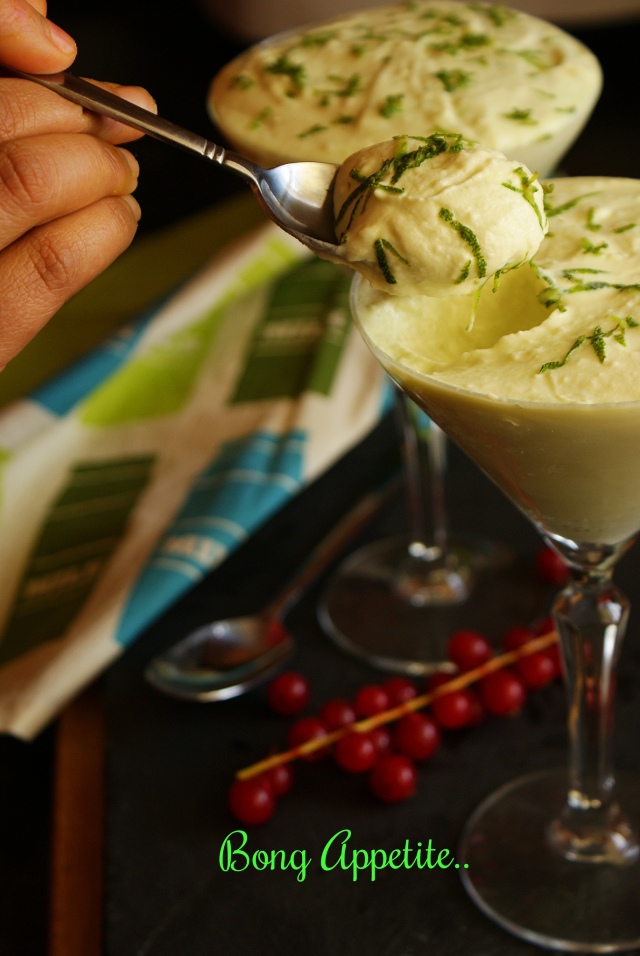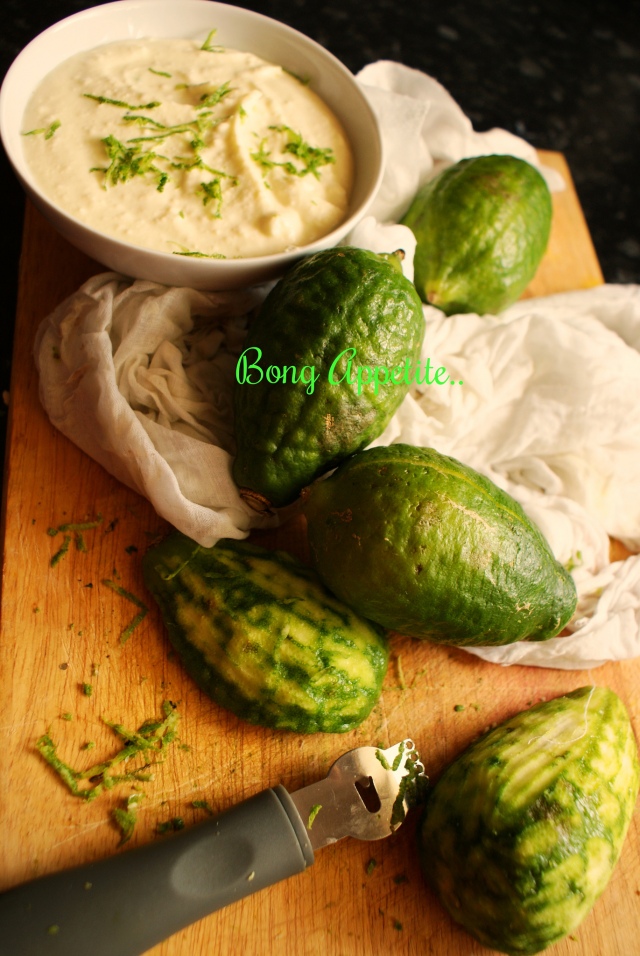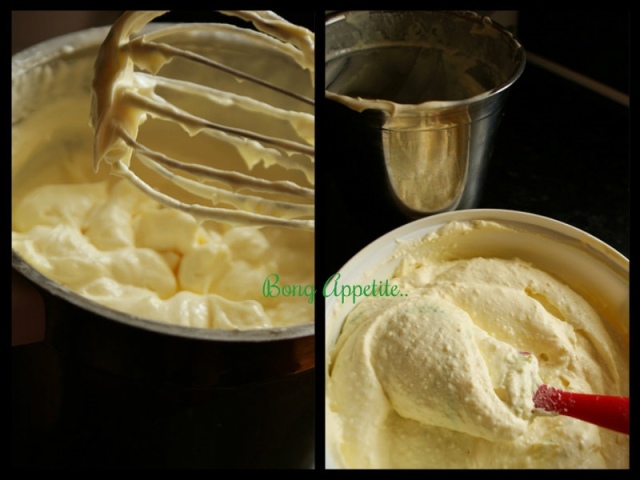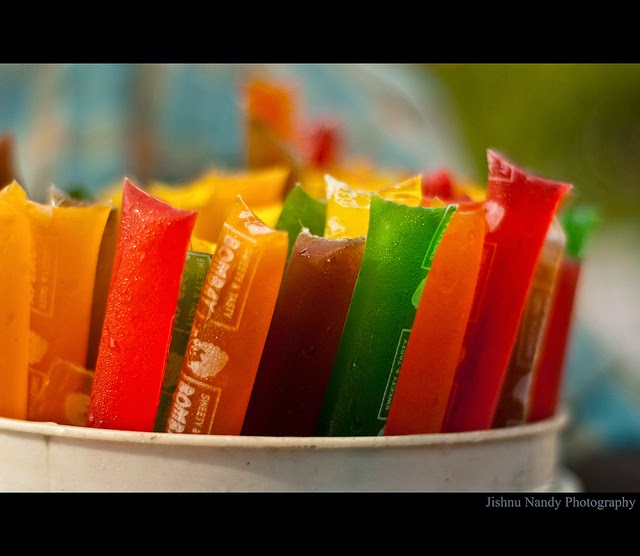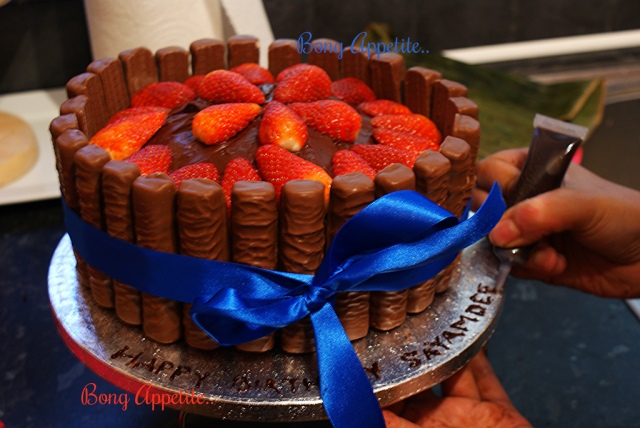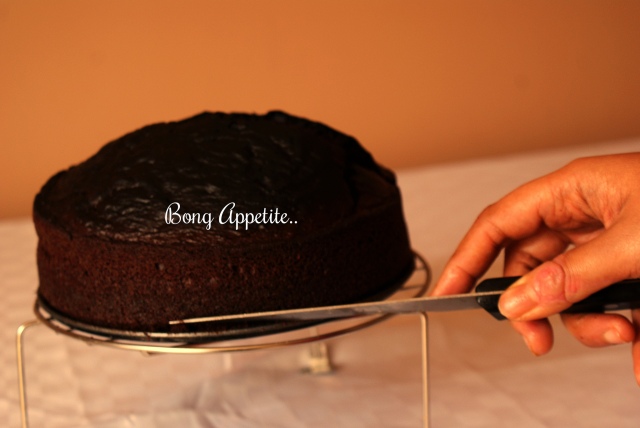Being Bengali and being proud of that is not enough for us .When we crave for more clear cut identities we call ourselves Ghoti or Bangal and hence identify(along with many other things) our food and food-habits likewise.It is said-the bangals are all for hot and spicy food.They love Hilsha .Where as the Ghoti loves to add an extra spoon of sugar to his food and prefer the food more mellow.They love prawn.We will happily discriminate among food ,add tags to our food preferences ,cooking methods and be proud of that.Of the many foods that discriminate a bangal from a ghoti and vice versa one that ranks in the top list is probably Shutki Maach (Dry Fish).
And just when I was going to tag shutki as a bangal food/fish,I thought of myself-a born Ghoti married to a Bangal. Yes, I love being an exception to the rule(I am sure there are many more to join me).The sight and smell of cooked shutki maach makes me as happy as the sight of long awaited ordered food in a restaurant.Pardon my analogy ,but don’t ignore the sentiments behind.The world from my perspective is clearly divided into-those who loves shutki and those who do not.There’s no middle path when it comes to shutki.If any let me know.
Shutki or dry fish when uncooked has a got a typical characteristic pungent smell,pungent enough to evoke nausea.It has got a stinky smell ,very similar to that of dry shrimp powder Belachan used in Malaysian and Indonesian cooking.Drying fresh fish is a method of preservation by removing water from the fish.Other than drying ,methods which act as catalyst to fish preservation are smoking and salting.The popular variety of dry fish consumed globally are bombay duck, shrimp,mackerel,anchovy,tuna,sardine,etc.Dry fish processing and selling in markets is common worldwide.
Fellow blogger Ushnish Ghosh tells me the difference between dry fish and fermented fish : ”dry fish is dried in sun or in oven to get rid off the moisture so that the bacteria cant survive , and salt also strilize it ..wet sutkis ( are not dried) ..like Shidol,puti mach is stuffed into bamboo, sealed from out side for air to get in,and the enzymes in the fish ferment the fish ..( just like in yogurt, bacteria ferment the milk) ..also nona Ilish …Ilish is put in lot of salt , sealed and kept out for months to get a typical aroma …but the famous Odisha Ilish sutki , is stuffed with salt and dried in sun” .Dry fish is much less smelly than the fermented fish ,because of the preservation method.
In Bangladesh about 7.3 million people live in coastal fishing villages and earn their livelihood by fishing.Most of them dry fish by following the method of sun drying.Interestingly,a large share of Bangladesh’s economy can be contributed from the dry fish markets in Dhaka,Chittagong,Tangail etc who export a major portion of their produce worldwide.
Bangladesh which has a great number of water bodies,produce dry fish in the coastal areas,near the rivers and harbors.The processing takes place mainly under the sun during the month of October to April.The winter months remain the preferred time for the fishing activities as the rivers,water channels and depressions remain relatively calm and quite.The necessity to cultivate dry fish is triggered more by the fact often the fresh water fishes remain unsold because of lack of customers or lack of sufficient transport facility to send the fresh fish to the town or metropolis.

Dry fish processing :Photo courtesy – http://www.demotix.com/Zakir Hossain Chowdhury
Where as in China, Hong Kong boasts of a Dried Seafood Street.Half a century back the area had salted fish stores,where workers would dry their fish on the rooftops,sell them in the ground floor and live somewhere in between the two floors.It is said ,for ages Chinese have believed that food should not be wasted,fish when in excess,were preserved thereby using salt , other minerals and sun dried.This was a common practice when there was no refrigerator to preserve fresh fish.The Chinese belief is dried oysters and mussels when consumed on the Chinese New Year brings luck and fortune.
Over time the Chinese practice of conservation of fresh fish by sun-drying has been adapted by many cultures .It is now staple of Maldivian ,Srilankan and Burmese cuisine.In India Kerala,Orissa,West Bengal,Tamil Nadu,Andhra Pradesh,Assam,Tripura etc boasts of their collection of dry fish recipes.Dry fish grew in popularity also from the fact that some version of dry fish are cheap and are regarded as source of high protein for a poor man.
Much social stigma has been attached to shutki(dry fish).It has generally been culturally perceived as the food of the lower income group,because the economically cheap version of dry fish is the main source of protein for many economically lower income group people,who cannot afford rather expensive fresh fish.Is it not time enough to de-stigmatize some food?We would consider sea food like mussels as highly coveted and exotic but still underplay the essence of fish preservation?Will it be ever elevated to the status of restaurant food in the socio- cultural city hubs ?
It is amazing to note how different culture and region eat dry fish in their unique manner and how versatile dry fish are to adapt to the local cuisines. Some region prefer to have steamed dry fish with rice,while some others make a curry out of their choice of dry fish,whereas some enjoy cooking dry fish along with vegetables.
The version that I enjoy eating and cooking most uses very few ingredients.It is a rather spicy mishmash of dry fish, rich in taste and is marked by profusion of onion, garlic and dry red chilies,all used to cut down the pungent odor of the dry fish.This is generally known as Shutki bhorta /bata /bhuna(mishmash) in Bangladeshi cuisine,and as Shutki Chutney(dry fish pickle) in Assamese cuisine.
Recipe
Dry version of – Bombay duck/loitya/bombil ( or your choice of dry fish) : 300 gm
Onion :100 gm,finely chopped
Garlic: 2-3 whole pod ,finely chopped
Dry red chili powder: 4-5 heaped tbsp(adjust according to taste)
Turmeric: 1 tsp
Mustard oil for cooking
Salt to taste
Method
- Since the fish will be extremely dry ,cutting and chopping the fish will be bit difficult.Hence boil some water in a pot , take it off the stove, dunk the fish into the warm water and cover with a lid.
- Let the fish seat in the warm water for 20 minutes to half an hour.While soaking,you can change the warm water few times,this will reduce the pungent smell of the fish and help in getting rid of the sand particles gathered while drying the fish on the sea shore.
- After the fish has softened enough to cut and chop ,take it off the water and discard the water.
- Pat dry the fish.
- Remove the head , tail and central bone of the fish and cut it in 1” piece.The remaining small bones ,will disintegrate into tiny pieces while cooking.
- Put the fish pieces in the mixer grinder or pestle and mortar and mash it nicely, retaining the coarse texture.Do not add any water during this process.
- Heat the mustard oil (2 tbsp to start with) in the wok.
- Once the oil is hot enough,add the chopped garlic and let them splutter,and turn light brown.Avoid burning them.
- Add the chopped onions ,once the garlic turns light golden brown.Reduce heat and keep frying the onions till translucent.
- Add the dry spices (turmeric and red chili powder) at this stage and stir for a minute or two.
- Add the mashed dry fish,coat the spice mix well with the fish.
- Reduce the flame and stir continuously to avoid burning.
- Add little more oil at this stage,if the mix tends to dry up.Dry fish soaks a lot of oil because of it’s texture and preservation method.
- Keep mixing thoroughly the fish and the spices .
- Add little salt,be careful while adding salt( 1 tsp or depending on the taste). Dry fish are preserved with salt ,so they are already high in salt content.
- While cooking,do not add water,as the fish will release some water, and get cooked it’s own moisture.
- Keep stirring,till the fish mixture takes the form of a coarse paste,and releases oil or when most of the water dries out.
- Once done ,serve it with hot steaming rice and let the compliments flow in .


